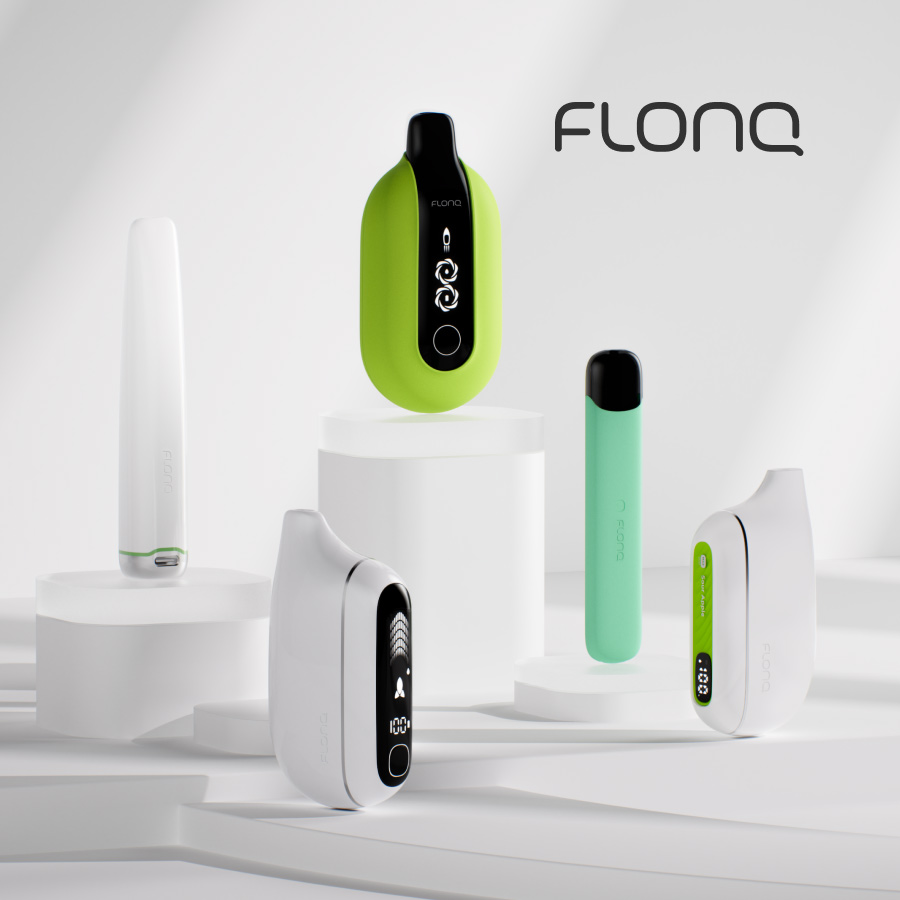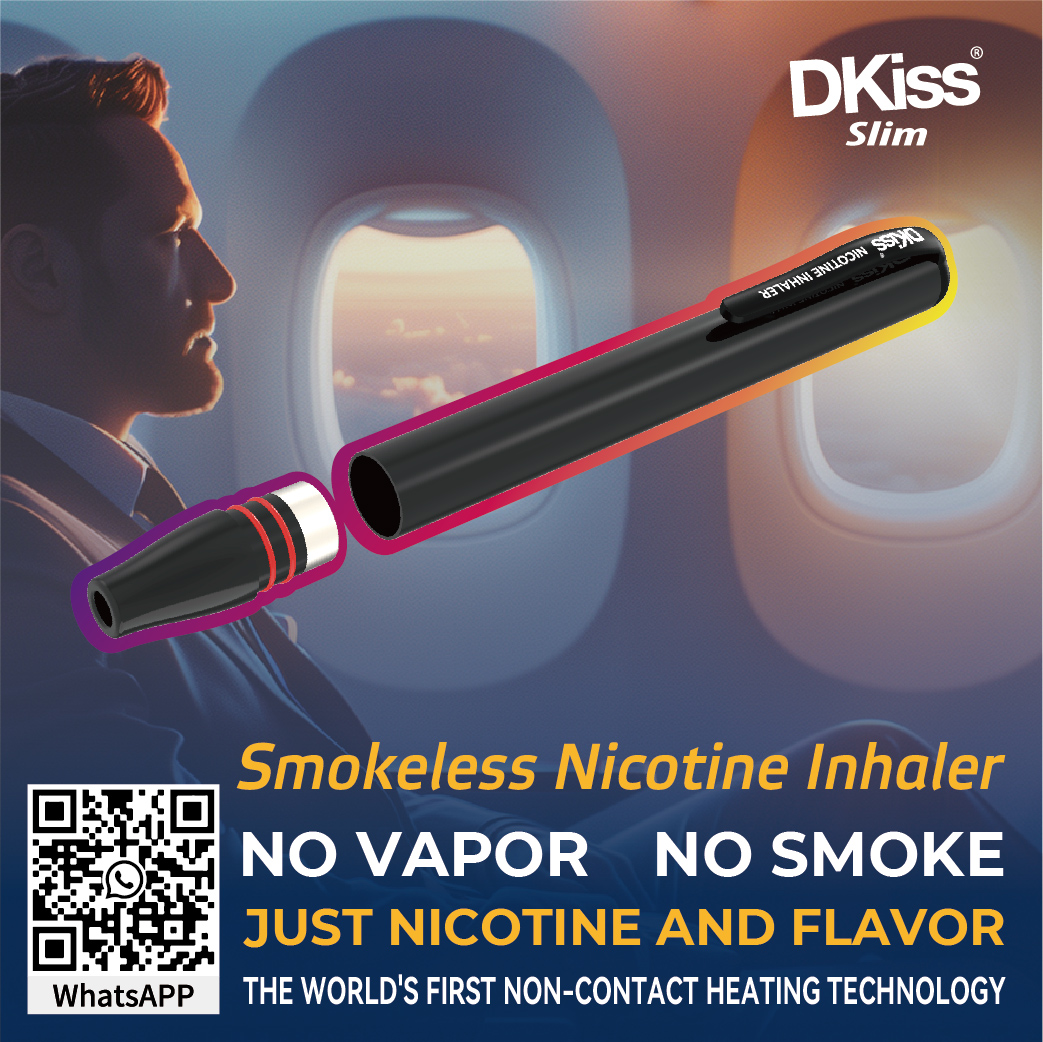New realities

What the RAI-BAT tech deal means for your business
By Givi Topchishvili
December began with an announcement that Reynolds American Inc. (RAI) and British American Tobacco (BAT) have formalized a framework to collaborate on R&D activities and regulatory, scientific and manufacturing issues relating to vapor products.
This is great news for both RAI and BAT, but it will also have an immediate ripple effect on the vapor industry as a whole. As the cost of participating in the market grows, smaller e-cigarette and vapor companies must figure out how to adapt in order to survive.
While these changes might be new to vapor entrepreneurs, the type of power consolidation evident in the RAI/BAT deal is part of the natural evolutionary process inherent to any emerging industry. I give a detailed analysis of market evolutions in my book, Marketing in the New Millennium, but in a nutshell the standard trajectory looks like this: An innovative product is initially offered by a large number of small companies until it becomes clear that it has significant long-term potential. As the marketing focus shifts from early adopters to broader mass-market appeal, competitors tend to deplete their differentiation, and technologies rapidly commoditize. At that point large corporations move in to buy up and push out most of the competition. It’s a David and Goliath story, where trying to compete dollar-for-dollar in R&D and marketing capacity against the big companies is suicidal. I would advise against counting on heavenly intervention as part of your business strategy.
What smaller companies must understand is that a single vapor industry no longer exists. Instead, there are now two parallel business realities: the mainstream market, controlled by a handful of major players, and the world of niche markets, where smaller companies might still be able to carve out a sustainable presence and avoid direct competition with Big Tobacco until the size of their business or uniqueness of their product draws interest from the large corporations’ M&A departments.
We have seen this scenario play out every time a revolutionary solution arrives. In the early 2000s, Voice over Internet Protocol (VoIP) technology was used by entrepreneurs as a means to wrestle control of 150 million local telephone customers from the world’s four largest telecom companies. Early adopters were lured by cheap pricing and bonus features. Very soon the market became oversaturated with a plethora of small and medium companies offering nearly identical products. That’s when the major telephone providers moved in to protect their territory, leading to rapid market consolidation.
There were smaller companies like MCC that survived to this day by focusing their marketing efforts on small ethnic groups. Their entire strategy (including long-distance pricing and customer support) is based on the individual needs of each one of these ethnicities. But this way MCC avoids direct competition with large telecoms maintaining a robust business model.
There was also Gizmo5, which tailored its products to a very specific technical need within the VoIP industry and sold itself to Google when the latter began exploring entry into telecom. Some of the Gizmo5 proprietary technology was used in the creation of Google Voice—a fine exit strategy for a business at a crossroads.
And then there were companies like Primus that chose to ignore the trends and believed that they could compete in the new mainstream. They chose to have the dollar-for-dollar war with large telecoms, and despite having excellent prospects in the early days of VoIP, raising funds and receiving Wall Street backing, the company was forced to file for Chapter 11 in 2009.
The same paradigm applies to small and medium-sized vapor companies today. They have three options:
- Strategically focus on a specific niche within the industry
- Discover the fastest way to become an M&A target
- Die
To remain relevant, companies must step away from mass-market products and refocus on a niche. These niches could be built around geographic, demographic, aesthetic or technical industry voids. But brand differentiation must be tangible. Laying claim to a clearly defined niche market will allow smaller companies to stay out of the interest spheres of larger corporations and focus on growing the business rather than waging an unequal war.
This approach also opens the door to making your company an attractive acquisition target, once you have a clearly defined advantage—be it a patent, distribution channel or a niche market—and are lucky enough to capture a meaningful share of a market.
Ultimately, this is the surest way to not only survive the forceful entry of Big Tobacco into the vape industry but to turn these very changes into golden opportunities for greater focus, clarity and profit.
Givi Topchishvili is a co-founder of Calumet Advisors, an international strategic consulting company dedicated to the e-cigarette segment.

